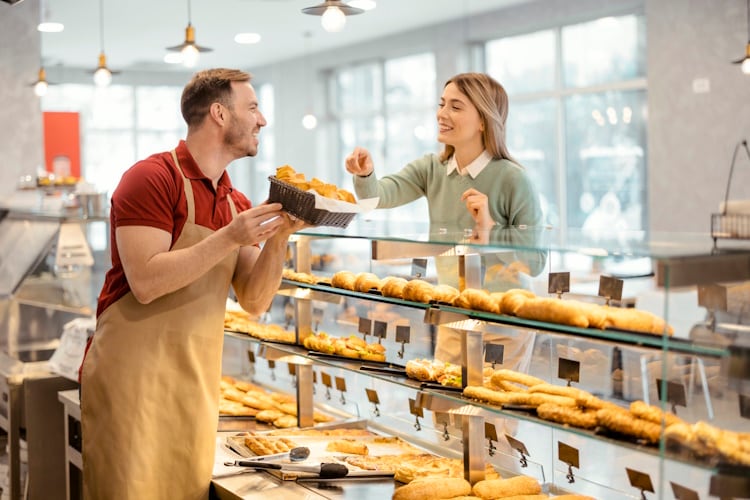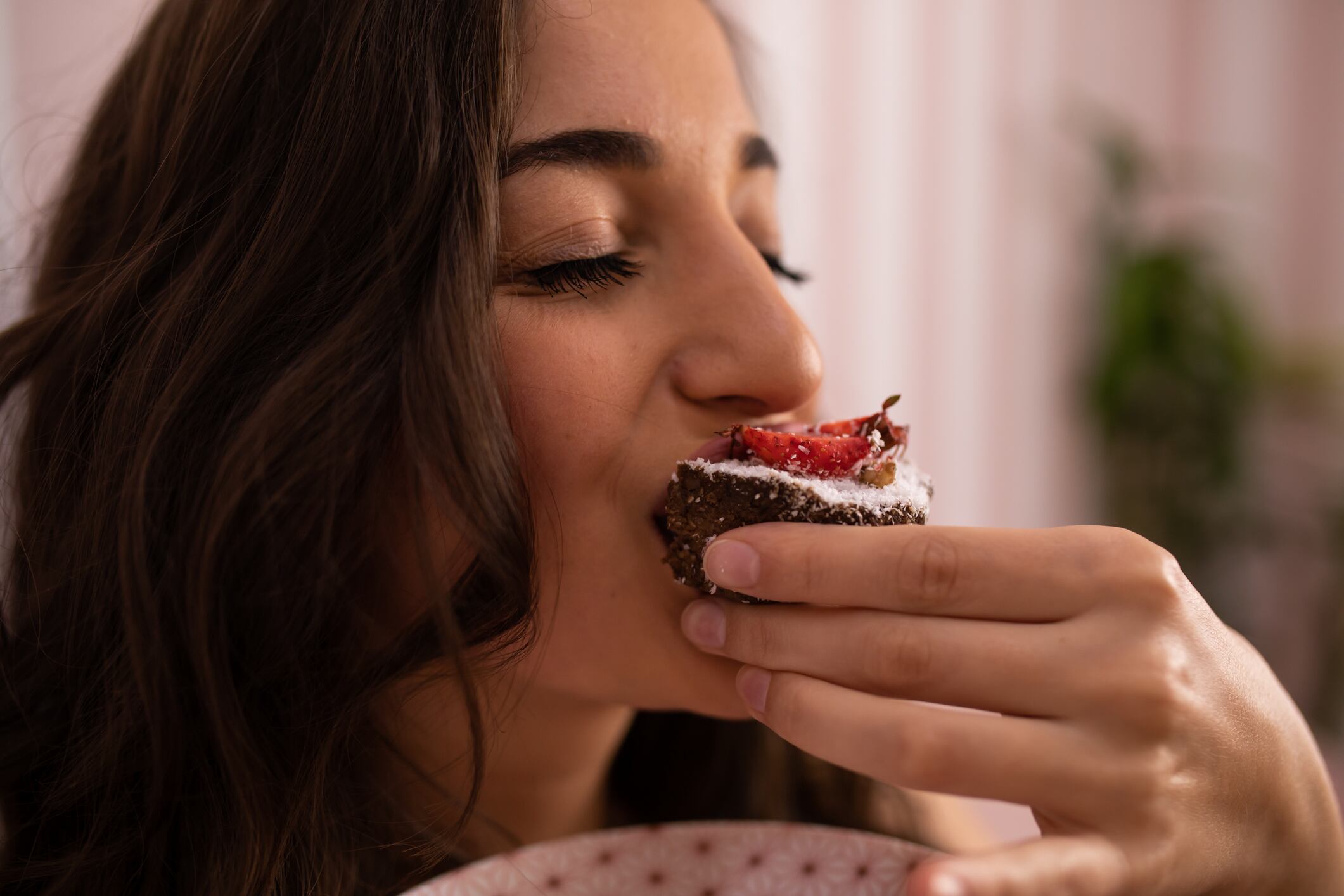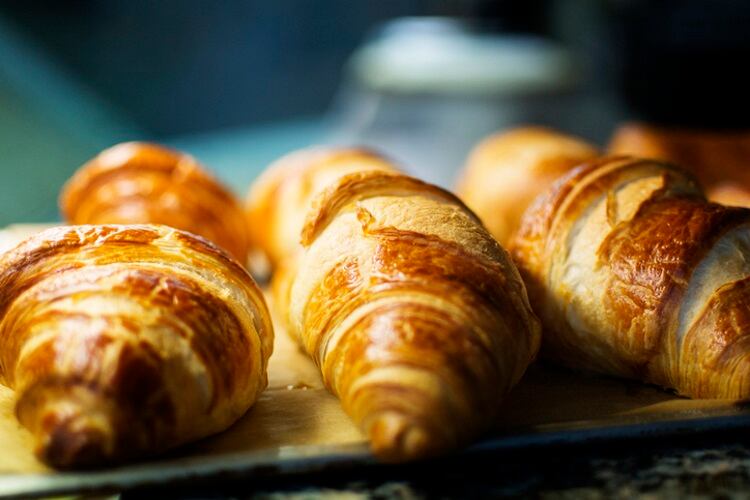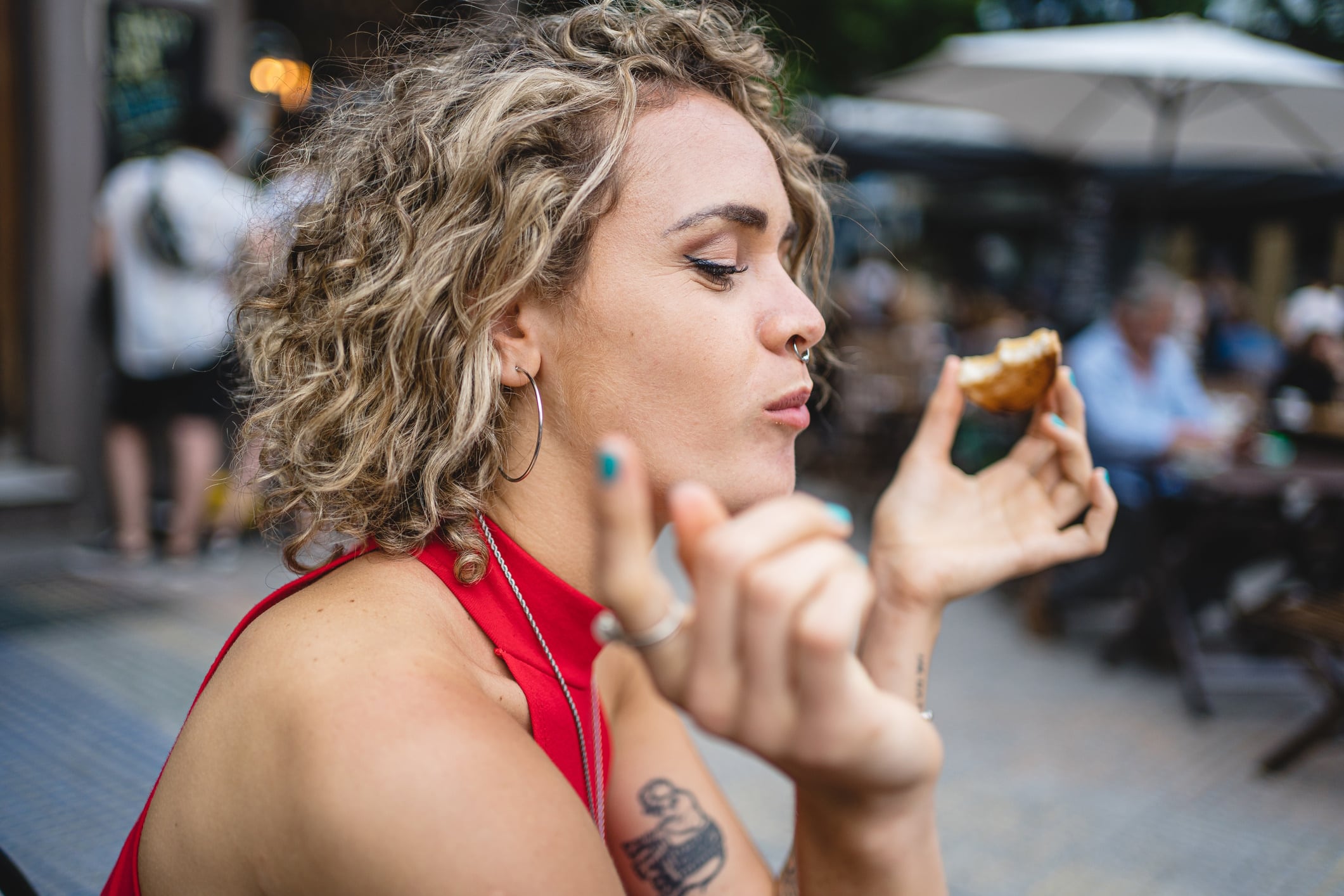Today’s shoppers are demanding more from their treats. Their needs are evolving beyond taste and flavour profiles to multisensorial experiences that contain clean label ingredients and provide functional health benefits.
Bakery inclusions and toppers are now moving beyond simple add-ons to become essential tools in bakery innovation. Formulators and brands utilise inclusions and toppers’ novel, luxurious and personalised perceptions to meet growing expectations for functional benefits, textural variety and regulatory compliance.
Balancing cost with creativity

However, the bakery sector faces various industry challenges and its wider macro environment. Manufacturers are struggling to balance indulgence with clean label demands. Simultaneously, regulatory requirements exist within the wider landscape.
Cost-consciousness, too, provides a barrier to consumer purchasing, affecting how much manufacturers can spend on inclusions and toppers - a perceived add-on to the primary formulation. Yet, while pricing pressures affect the sector, indulgence remains a priority. Shoppers are willing to pay a premium price for treats that deliver both nutritional and enjoyable characteristics. In fact, despite maintaining a strict budget, research by Puratos found that almost two-thirds (65%) of British consumers still treat themselves and their families.
But to capture this spend, bakers need to offer something new and interesting. This is where inclusions, toppers and interesting tricks will come to the fore.
Indulgence with informed ingredient choices

Bakery brands can capitalise on the hottest trends of indulgence and better-for-you alternatives by balancing both in their formulations. Puratos’ research found that 60% of consumers seek items that balance health with enjoyment, particularly in the chocolate and cocoa-based bakery launches.
The trend is expected to grow steadily around the world. Most notably, it’s expected to take off in English, Italian and French-speaking countries, with a 30% projected increase in Chinese-speaking and 28% in Spanish-speaking areas by the end of 2025.
To meet this call, many brands are releasing high-protein, low-sugar and fibre-enriched formulations. Products with cleaner label ingredients are also on the rise, with a growing number of launches being free from genetically modified organisms (GMOs), added sugars and artificial additives. And rather than appearing like a separate add-on that fails to reflect the indulgent and health-focused consumer demands, any inclusion or topper needs to provide a seamless experience that enhances the item’s overall appeal, such as:
- Interesting textures that mimic non-edible materials like marble, glass, parchment or stone to embrace minimalism in bakery decoration trends.
- Bold and visually stunning creations that convey style and design via engaging visual storytelling to provide a complete offering for consumers.
According to Puratos’ Taste Tomorrow report, 64% of consumers agree that food that looks good is tasty too. As consumers perceive a strong relationship between toppings, total look and taste, bakery creators respond with unique designs.
For consumers, exquisite designs come with the understanding of a higher price tag, too, with 24% willing to spend extra for products that demonstrate craftsmanship. Globally, 16% of consumers state that they will pay more for an exquisite looking treat.
Achieving nutritional balance

Understanding nutritional balance in baked goods is growing in prominence.
The World Health Organisation’s (WHO) definition of a healthy diet is one that features less than 50g of sugar per day, less than 65g of fat daily, less than 5g of salt daily, at least 400g of fruit and vegetables daily and at least 25g of fibre daily.
According to Taste Tomorrow, 64% of consumers believe food with fruit fillings to be healthy and the bakery sector is answering this call, with a concerted effort to reduce salt, fat and sugar content, while adding ingredients like real fruit, along with wholegrains and seeds.
The sensorial experience, too, plays an important role. Multisensory products that maximise texture (which can be achieved by additions like freeze-dried fruit pieces, wholegrains and seeds) while maintaining that bold, explosive taste are increasingly being sought out by consumers. In fact, Puratos’ research found 72% are willing to try something that offers a different texture, while nearly half prioritise texture over ingredients. Texture is particularly important among Millennials, with 68% stating this is the aspect that will impact their purchasing decision.

And while crunchy, crispy and flaky are currently trending, bakers shouldn’t forget the desire for something soft, pillowy and buttery. Flour is the foundation of baked goods and also provides a stable platform for butter viscosity. Sugar offers a soft sensation and helps to retain moisture, enabling an indulgent mouthfeel and an extended shelf life. Emulsifiers, too, should be considered: providing aeration and uniformity for a light and luxurious texture.

